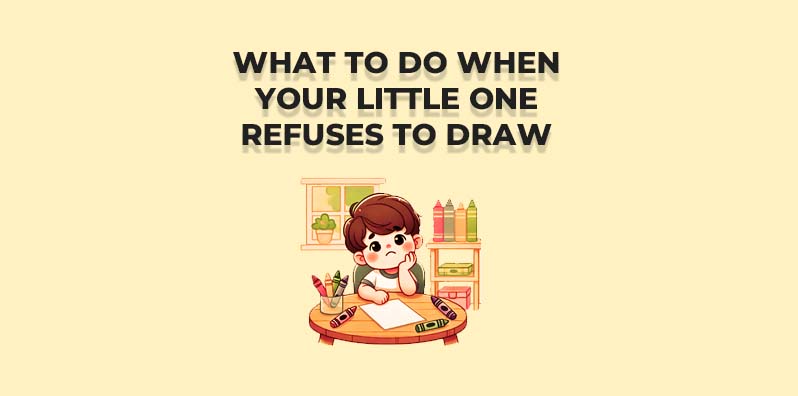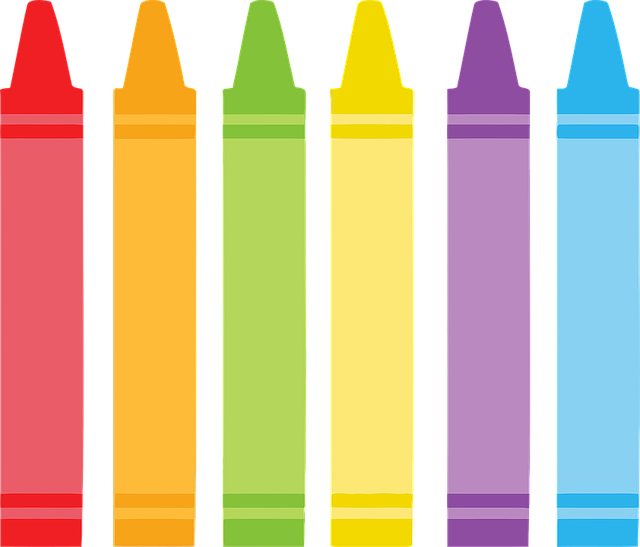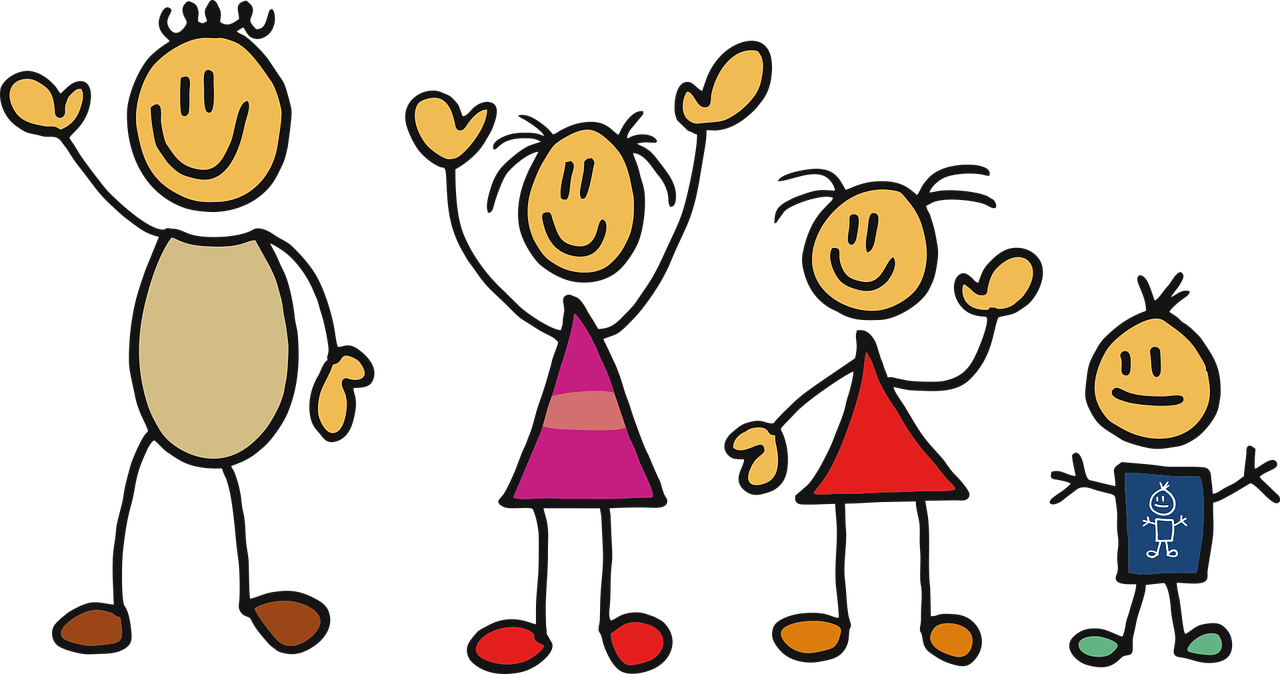
Drawing and Coloring.
Drawing and coloring are activities that many of us fondly associate with childhood. For most preschoolers, little encouragement is needed to get started. However, for some kids, the early stages of drawing and coloring can be so challenging that they quickly lose interest. Faced with crayons and paper, they may resist or even run away in frustration.
So, what can you do to turn this around? How can you help your little one become a budding artist?

Why Is Drawing Important for Kids?
Using crayons is one of the first activities directly linked to learning how to write. A crayon is often the first tool a young child uses to create, setting the stage for the writing process. Before your preschooler can write letters, they need to develop key skills like holding the crayon correctly, applying the right pressure, controlling their movements, and staying within lines – all of which involve hand-eye coordination.
Why Do Some Kids Dislike Drawing?
There are many reasons why a child might avoid drawing. Here are a few common ones:
- “It’s boring!” Some kids find sitting still with a piece of paper dull compared to running, jumping, and engaging in other high-energy activities. For children who thrive on movement, focusing on a coloring task can be a real challenge.
- “I can’t do it…” Children can be sensitive to criticism or comparisons. While adults often respond to kids’ drawings with automatic praise like, “Beautiful!” or “Well done!”, comparing their work to others can be discouraging. If a child feels they’re not good at it, they might give up on drawing altogether.
- “It’s too hard!” Drawing involves many fine motor skills, such as gripping a crayon without dropping it, applying the right amount of pressure, staying within lines, and choosing appropriate colors. For beginners, these tasks can seem overwhelming.
What Might Be Discouraging Your Child from Drawing?
The environment at home can play a big role in whether a child feels motivated to draw. Ask yourself:
- Is there a designated drawing space? Having a small table or desk dedicated to art can make a difference. Make sure it’s inviting and equipped with easily accessible supplies.
- Are the crayons suitable? Just like learning to ride a bike, using the wrong tools can make drawing unnecessarily difficult. Choosing age-appropriate, high-quality crayons can help your child enjoy the process.
- Are the tasks achievable? Set realistic expectations. For a beginner, avoid overly detailed coloring books or asking them to draw complex pictures. Starting with simple tasks can build confidence and prevent frustration.
Fun Ways to Make Drawing and Coloring Enjoyable

To make drawing fun and engaging for your little one, try these creative activities:
- Crayon Games: Introduce crayons in unique ways. Sort them by color, arrange them by size, or build shapes or patterns with them. You can even create a “crayon hedgehog” by sticking crayons into holes in a cardboard box.
- Sharpening Crayons: Turn this routine task into a fun activity. Let your child use a manual or electric sharpener to prepare crayons for coloring.
- Magical Crayons: Pretend crayons have special powers! Use a “magic spell” to make them draw fast or slow, chase each other on the page, or “talk” to one another while drawing.
- Crayon Theater: Create a puppet show starring crayons as characters. Give each crayon a unique personality and let your child develop a storyline.
- Collaborative Drawing: Make drawing a shared activity. Sit down with your child and work together on a picture, either side by side or on the same page. This can make drawing feel less like a chore and more like a team effort.
- Try Something New: Explore innovative art tools like water-based coloring books, crayons for windows, or markers for bathtubs. Drawing on unconventional surfaces like sidewalks or large sheets of paper on the floor can also add excitement.

Strengthening Little Hands for Big Achievements
Developing drawing skills doesn’t have to be limited to paper. Activities that build fine motor skills, like threading beads, playing with manipulation boards, or buttoning clothes, are just as important. Strengthening hand muscles through varied activities will make drawing easier and more enjoyable.
Share Your Experience!
When did your child start their coloring journey? Was it love at first sight, or were there challenges along the way? Share your story in the comments – I’d love to hear about your experiences!

